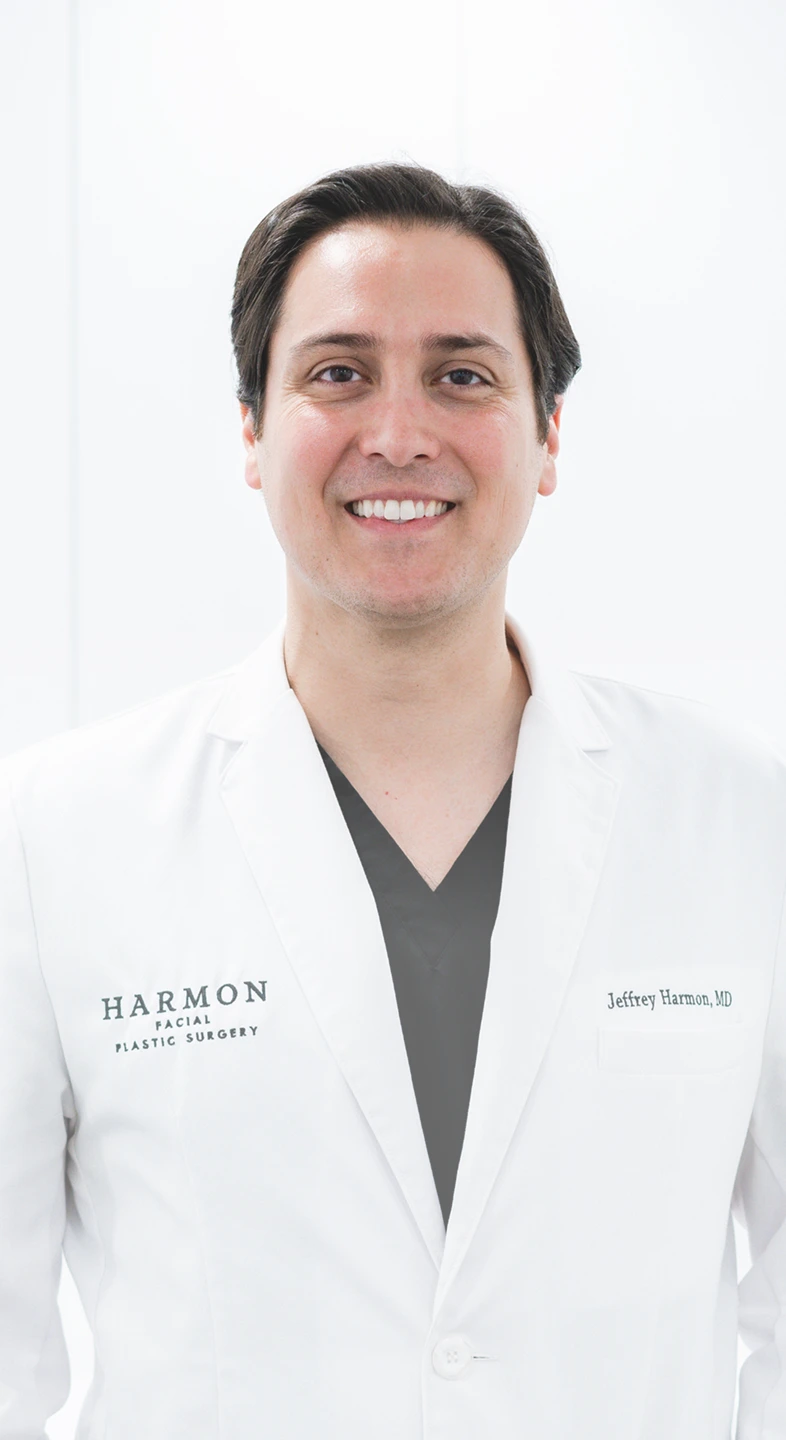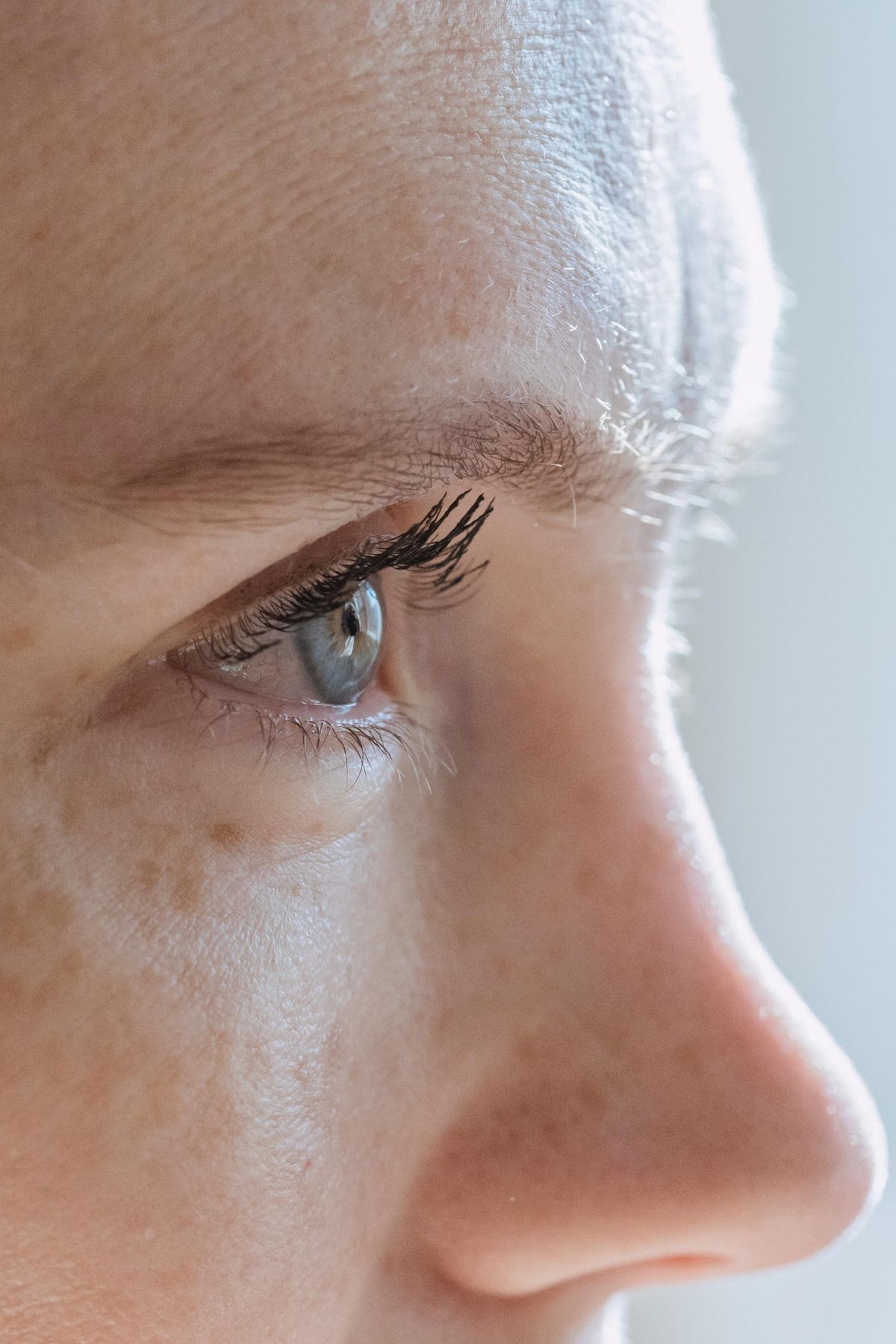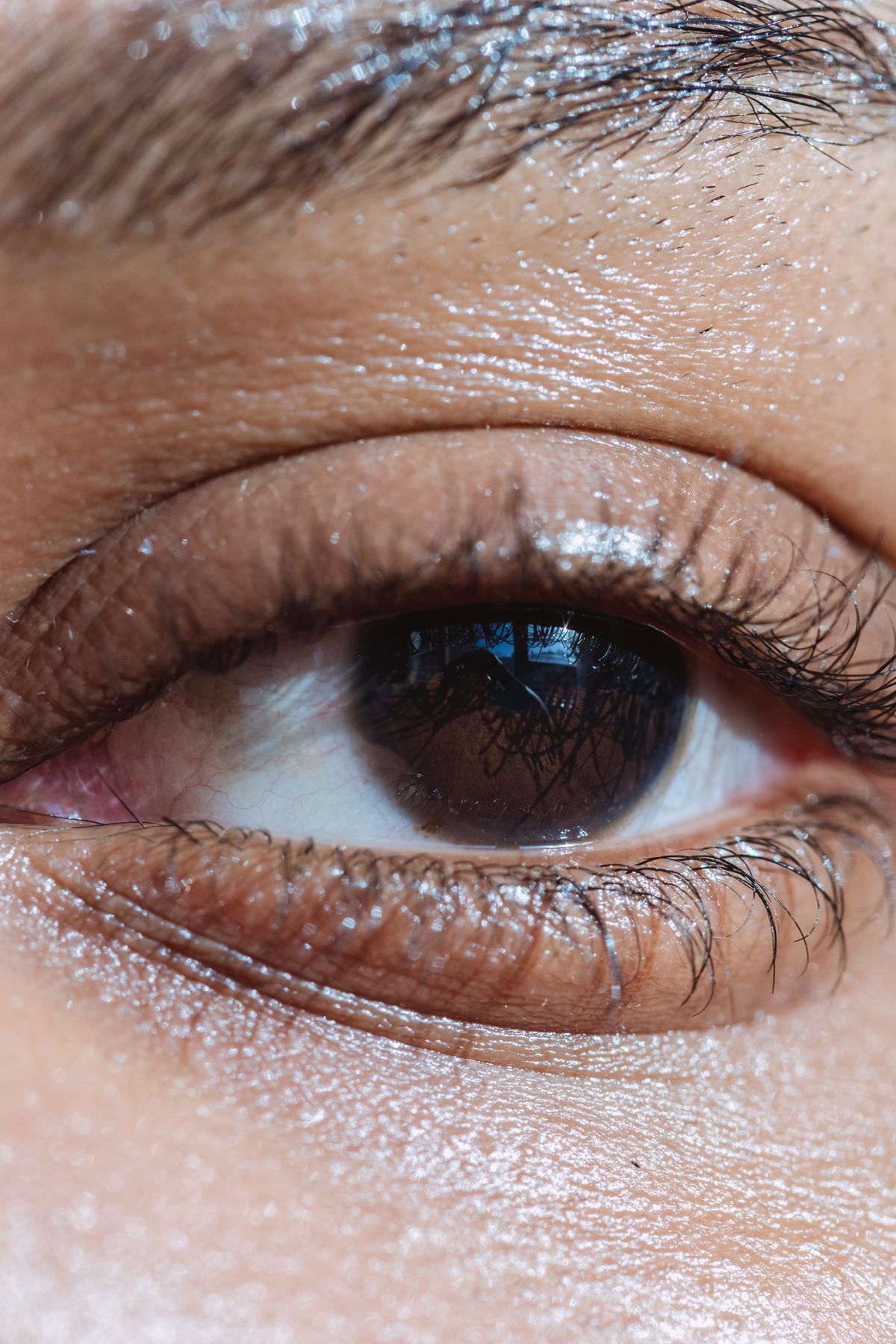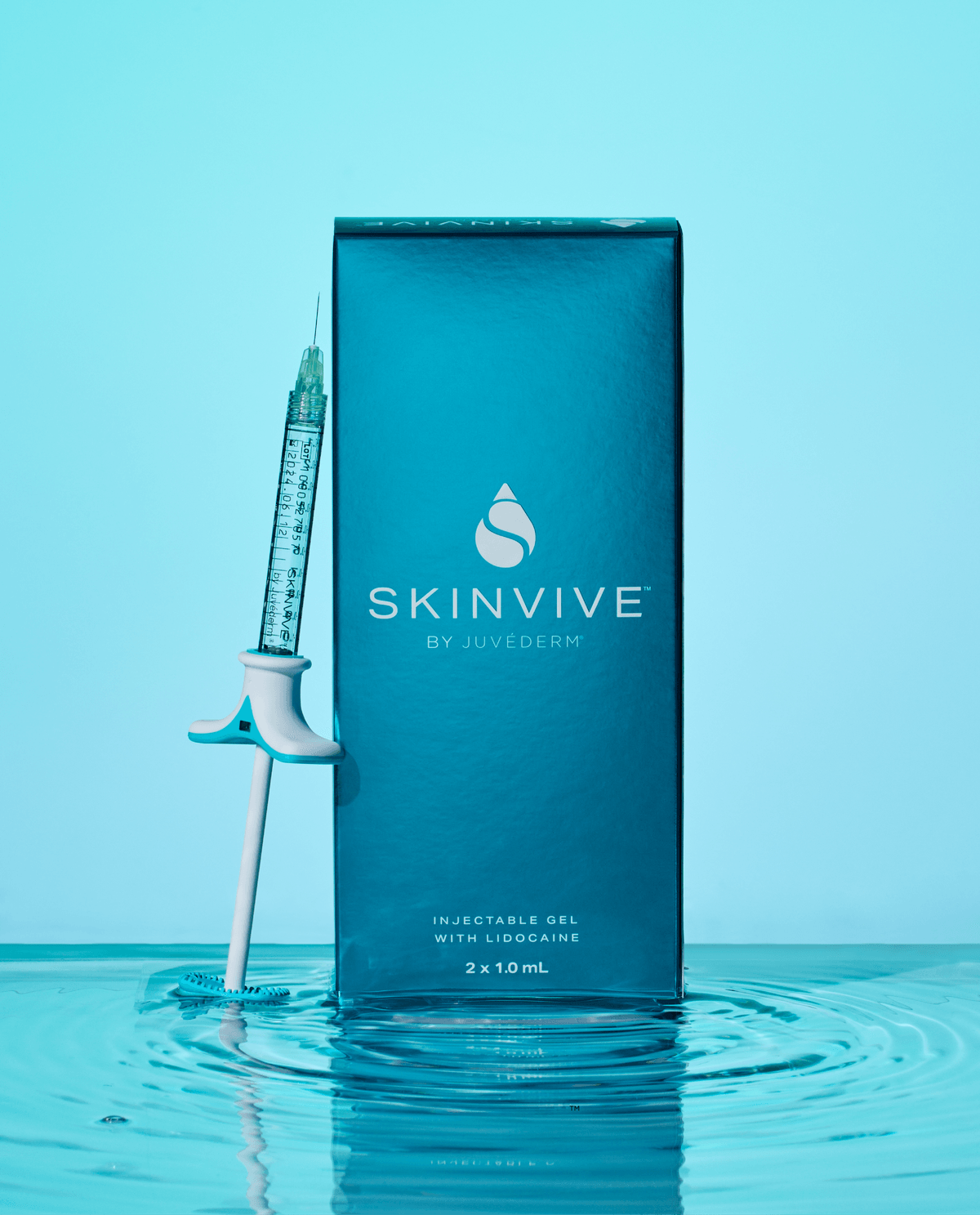
Botox© for Underarm Sweating
FDA-approved in 2004, Botox© for underarm sweating (hyperhidrosis) can be an effective treatment for those experiencing severe and persistent underarm sweating. Please seek a skilled and experienced injector in Cincinnati to help determine whether this is an appropriate treatment for you. It is important to seek not only a fellowship-trained but also a double board-certified facial plastic...








